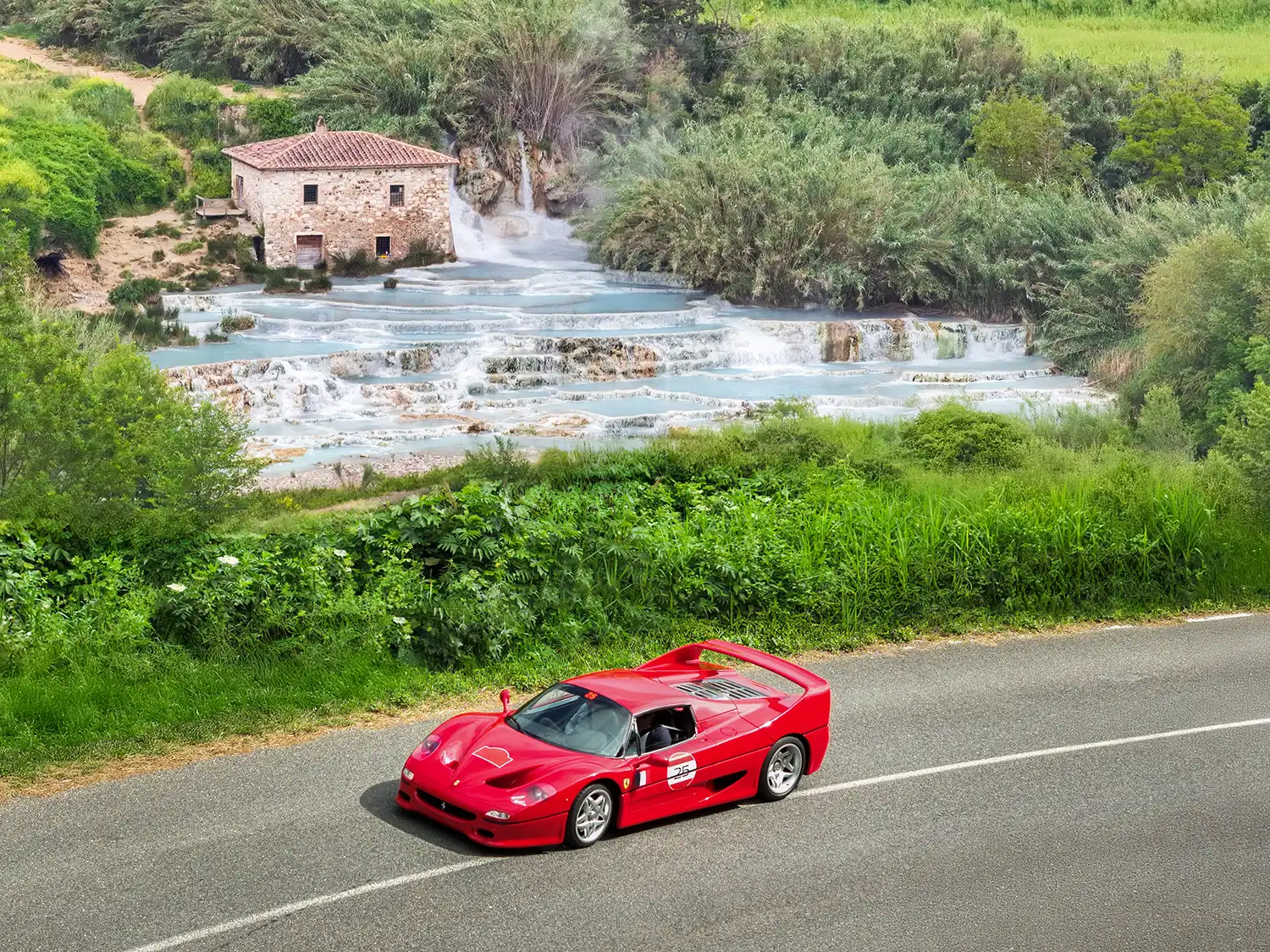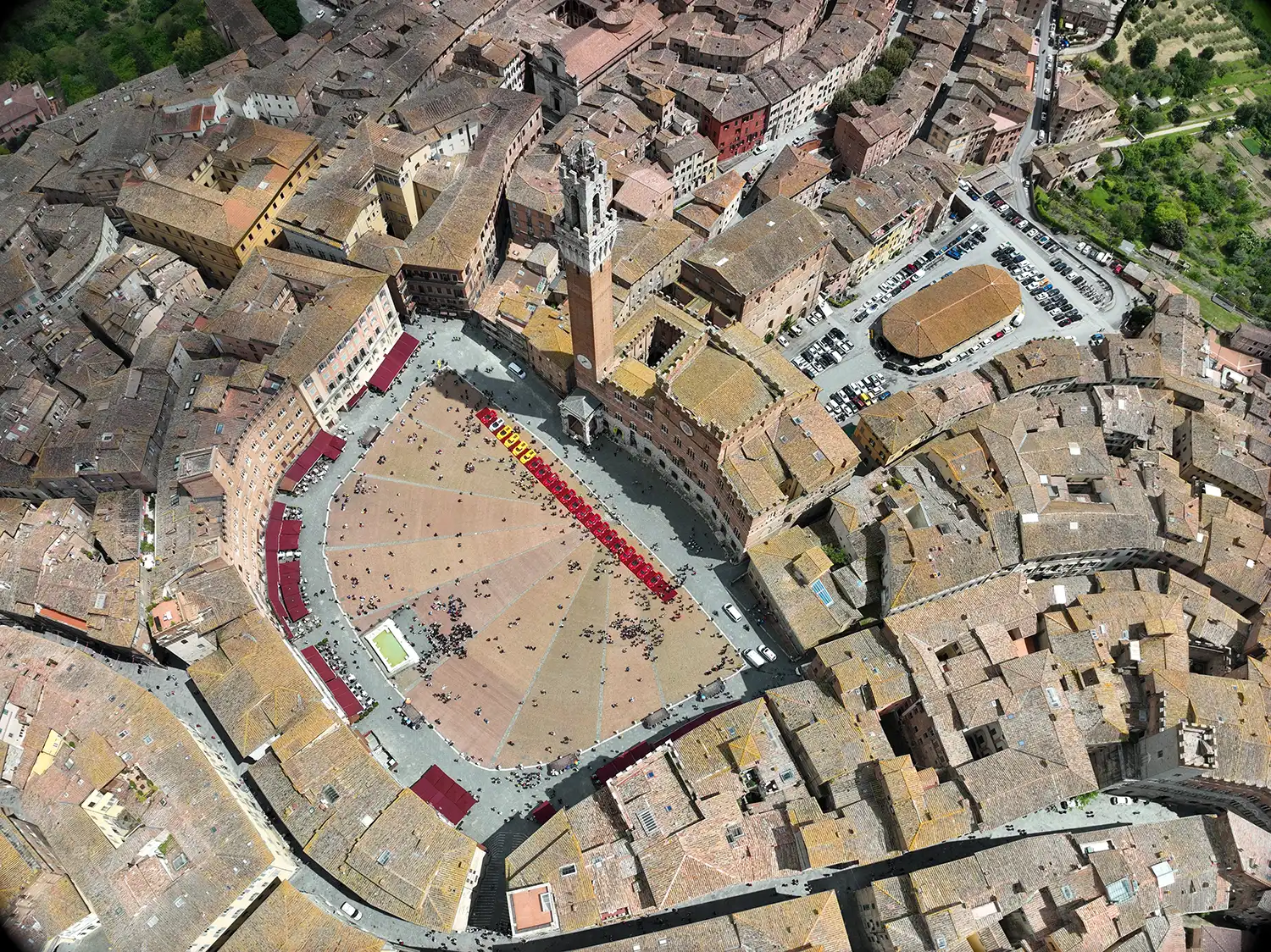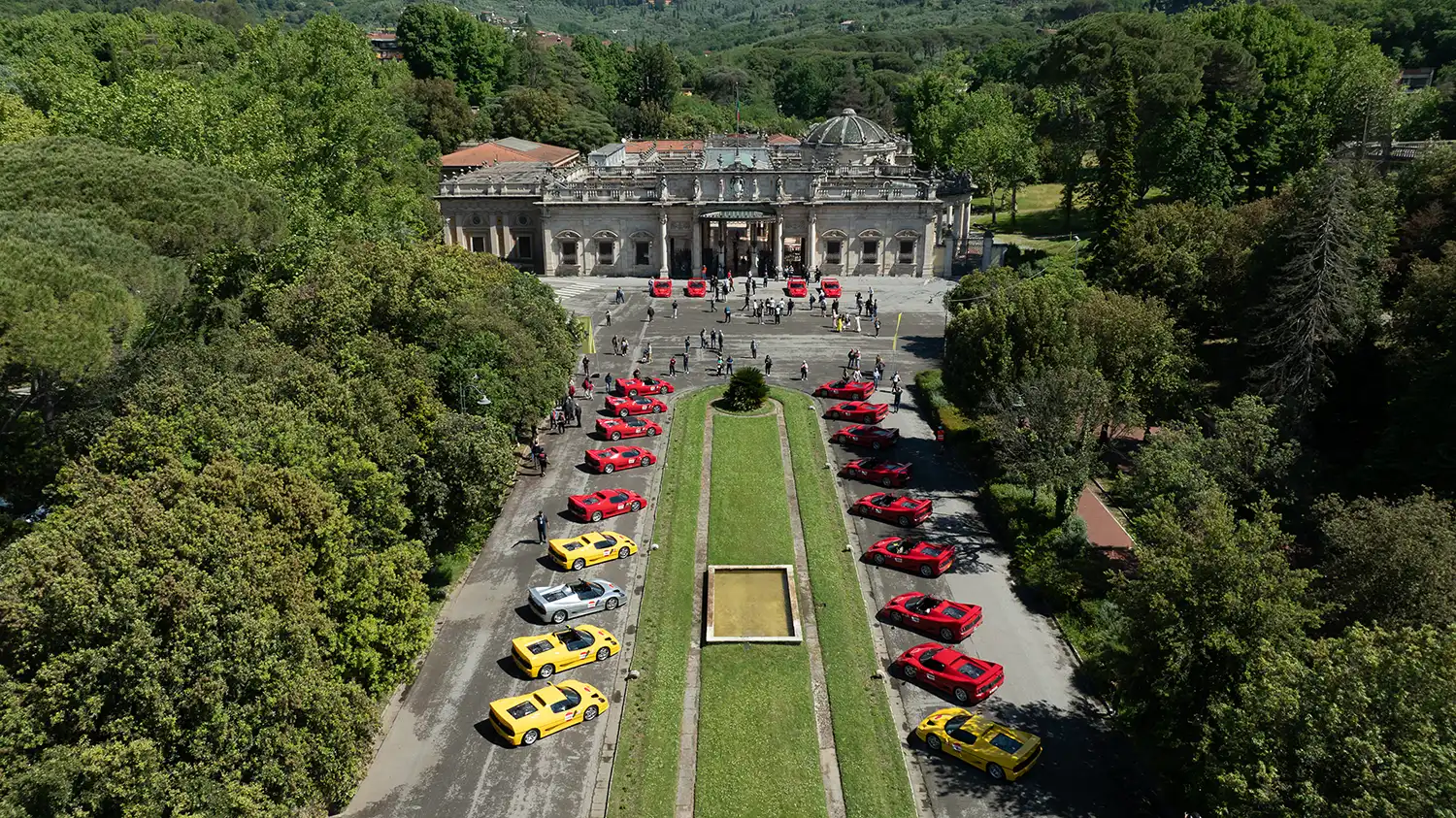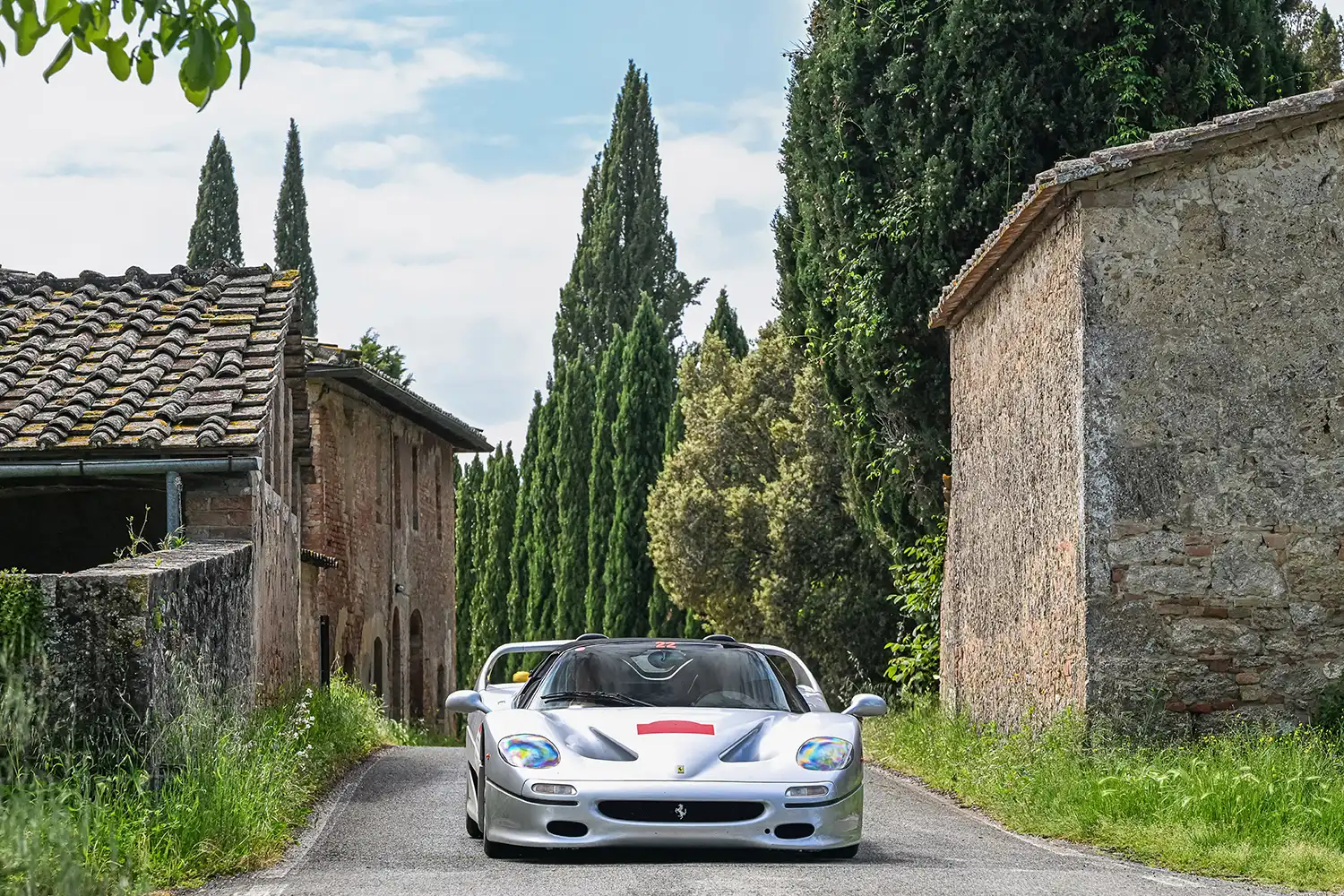
The Ferrari F50, the Prancing Horse’s third supercar, holds a significant place in automotive history as a raw and unfiltered machine born from the pinnacle of motorsport. Unveiled at the 1995 Geneva Motor Show to commemorate Ferrari’s 50th anniversary (though the actual anniversary was two years later), the F50 represented the ultimate expression of Ferrari’s racing DNA for the 1990s. It was a groundbreaking vehicle, being the first Ferrari supercar to be powered by a naturally aspirated V12 engine, a powerplant directly derived from their Formula 1 cars. This weekend, the F50’s enduring appeal and the passion of its owners were celebrated during the F50 Legacy Tour 2025, an exclusive event that saw over 20 teams from 10 nations journey across Italy.
The F50’s conception was audacious. It was engineered with a clear focus on delivering a driving experience as close to a Formula 1 car as possible. This ethos was evident in its technical specifications and design. The heart of the F50 was its 4.7-liter (4698.5 cc) naturally aspirated 60-valve V12 engine, designated the Tipo F130B. This engine, directly evolved from the 3.5-liter V12 used in the 1990 Ferrari 641 Formula 1 car, produced a staggering 520 bhp (387 kW) at 8,500 rpm and 347 lb⋅ft (470 N⋅m) of torque at 6,500 rpm. Notably, this powerful engine was not just a source of propulsion; it was a stressed member of the car’s chassis, a lightweight and incredibly rigid carbon fiber monocoque. This construction technique, borrowed directly from Formula 1, contributed significantly to the car’s exceptional torsional rigidity and low weight of just 1,230 kg (2,712 lb).

Powertrain and Performance Details: The 4.7-liter naturally aspirated V12 engine in the Ferrari F50 produced 520 bhp (387 kW) at 8,500 rpm and 347 lb⋅ft (470 N⋅m) of torque at 6,500 rpm. This potent engine, coupled with the car’s light weight and sophisticated aerodynamics, allowed for blistering performance. The F50 could accelerate from 0 to 100 km/h (62 mph) in a mere 3.7 seconds and reach a top speed of 325 km/h (202 mph). The longitudinally mounted mid-rear engine layout and the six-speed manual transmission further enhanced the driver-focused experience. The suspension system featured horizontally mounted push-rod dampers, another direct link to Formula 1 technology, providing exceptional handling and control.
The F50’s design was equally purposeful. Its aggressive lines and prominent rear wing were not just for show; they were integral to its aerodynamic performance, generating significant downforce to enhance stability at high speeds. The removable Targa top roof offered occupants a more visceral driving experience, bringing them closer to the sensations of open-wheel racing. In its pursuit of a pure driving experience, the F50 deliberately lacked both anti-lock braking system (ABS) and power-assisted steering, demanding a high level of driver skill and engagement. Ferrari famously stated that they would build 349 examples of the F50, “one less than the demand from its intended market,” a strategy that further fueled its exclusivity and desirability.
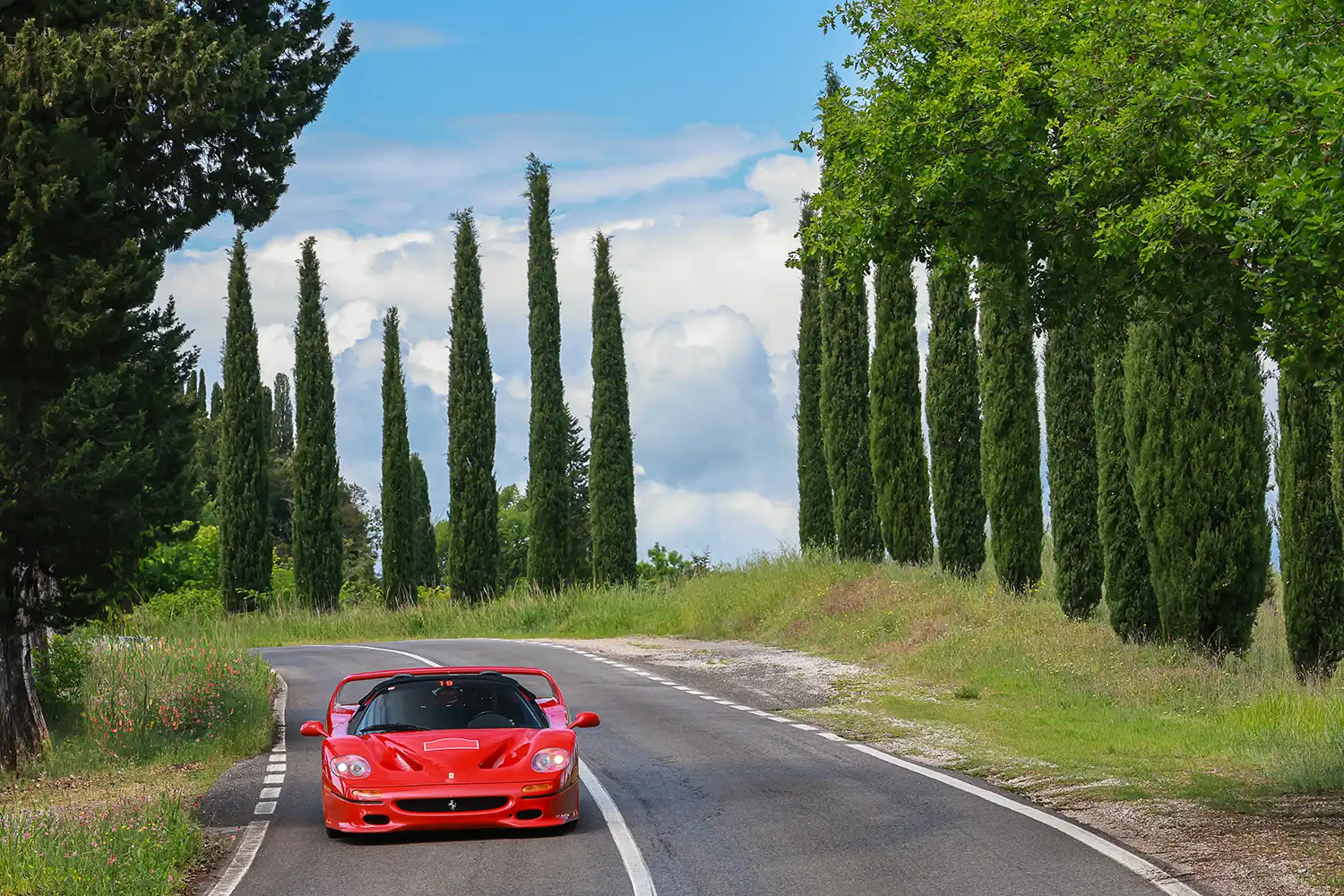
The F50 Legacy Tour 2025 saw these iconic supercars embark on a 675-kilometer journey through the picturesque landscapes of Tuscany and Emilia-Romagna. Starting from the Saturnia thermal baths, the route wound through charming towns such as Grosseto, Porto Santo Stefano, and Siena, before culminating in Maranello, the heart of Ferrari. The tour provided F50 owners from around the globe with a unique opportunity to celebrate their shared passion and experience the enduring reliability of their vehicles, even three decades after they were produced. A highlight of the event was the chance for participants to meet Paolo Martinelli, the very engineer who spearheaded the development of the F50’s legendary V12 engine, offering a direct connection to the car’s remarkable history. The tour reached its grand finale with a parade of the participating F50s and an honorary lap on the Fiorano Circuit, Ferrari’s private test track where all their models, including the F50, have been honed since its opening in 1972. To further commemorate the event, Pirelli created a special version of their P Zero Corsa System tires specifically for the F50s on the tour, featuring the “Ferrari F50 – Legacy Tour 2025” logo, a unique customization for these iconic vehicles. The tire, part of Pirelli’s Collezione range for classic and youngtimer cars, was designed to offer the same sporty feel of the era but with the added safety and reliability of modern tire compounds.
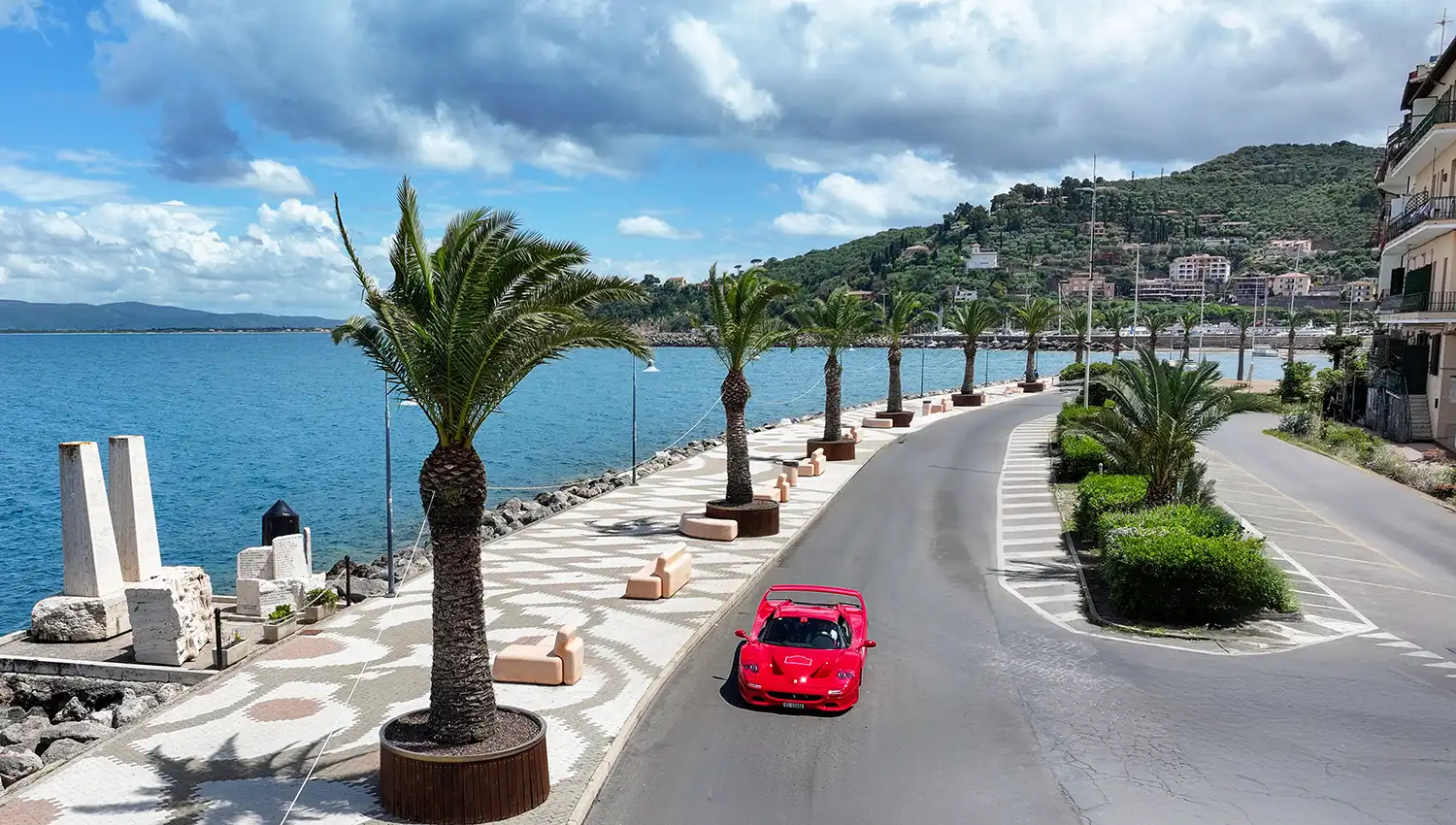
Summary:
- The Ferrari F50 was launched in 1995 to celebrate Ferrari’s 50th anniversary.
- It was the first Ferrari supercar with a naturally aspirated Formula 1-derived V12 engine.
- The 4.7-liter V12 produced 520 bhp and enabled a 0-100 km/h time of 3.7 seconds and a top speed of 325 km/h.
- The F50 featured a carbon fiber monocoque chassis and a stressed engine.
- It had a removable Targa top, no ABS, and no power steering for a pure driving experience.
- Only 349 examples were built.
- The F50 Legacy Tour 2025 saw owners drive 675 km across Italy.
- Participants met F50 engine developer Paolo Martinelli.
- The tour concluded with a parade at the Fiorano Circuit.
- Pirelli created special P Zero Corsa System tires for the event.
TECHNICAL SPECIFICATIONS
| POWERTRAIN | |
| Type | 65° V12 – Longitudinal rear-mid layout |
| Total displacement | 4698.50 cm3 |
| Bore and stroke | 85 mm x 69 mm |
| Maximum power | 382 kW (520 hp) at 8500 rpm |
| Maximum torque | 471 Nm at 6500 rpm |
| Compression ratio | 11.3:1 |
| Specific power output | 111 hp/l |
| WEIGHTS AND DIMENSIONS | |
| Length | 4480 mm |
| Width | 1986 mm |
| Height | 1120 mm |
| Wheelbase | 2580 mm |
| Front track | 1620 mm |
| Rear track | 1602 mm |
| Dry weight | 1230 kg |
| Fuel tank capacity | 105 litres |
| TYRES AND WHEELS | |
| Front | 245/35 ZR 18 |
| Rear | 335/30 ZR 18 |
| TRANSMISSION AND GEARBOX | |
| 6-speed manual gearbox with dual plate clutch | |
| PERFORMANCE | |
| Top speed | 325 km/h |
| 0-100 km/h | 3.87 s |
| 0-1000 m | 21.7 s |
Disclaimer: Information regarding the Ferrari F50 and the Legacy Tour is based on available reports and may be subject to interpretation. Performance figures are manufacturer estimates.
Source: Ferrari
AI Assistance: Gemini
